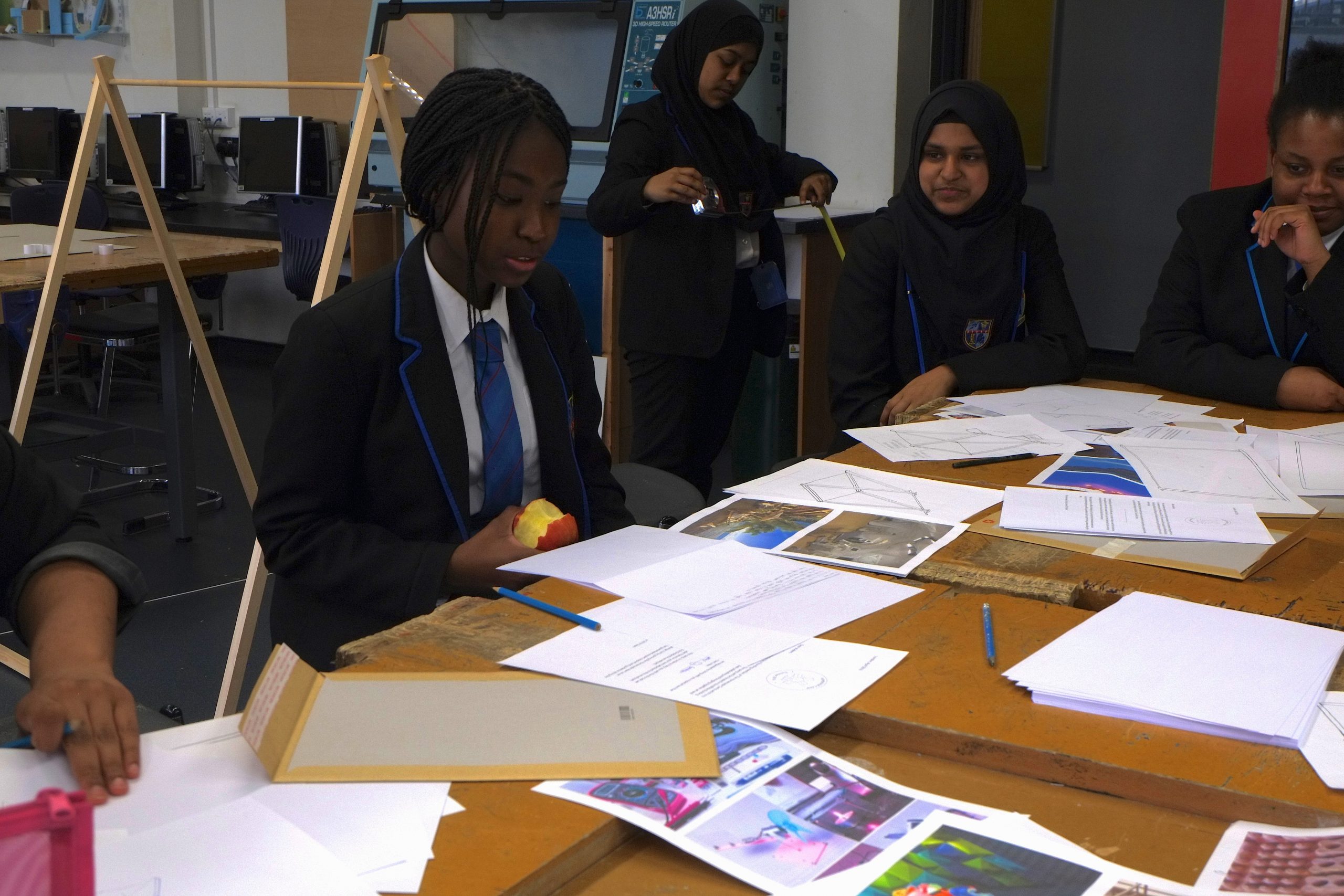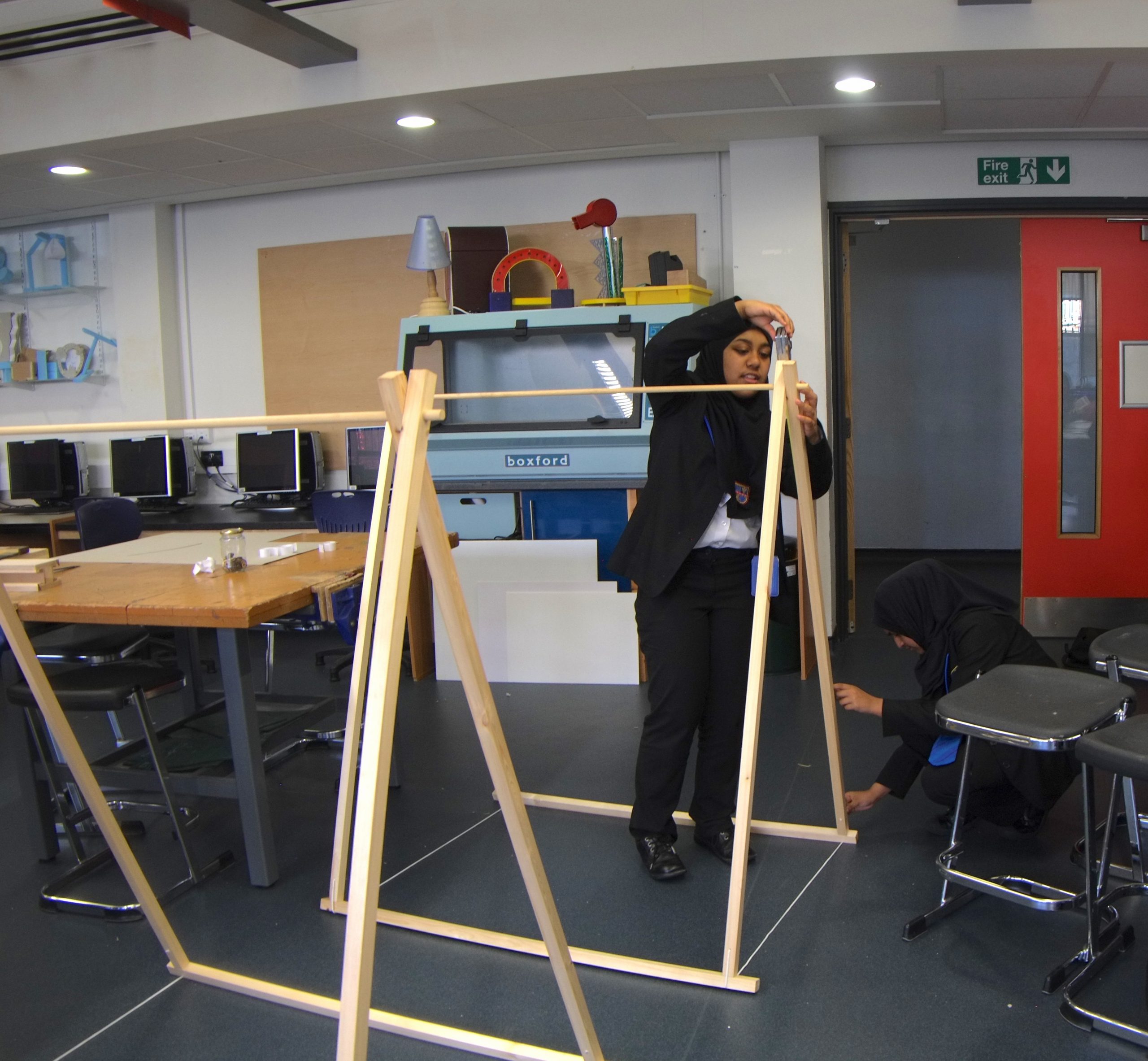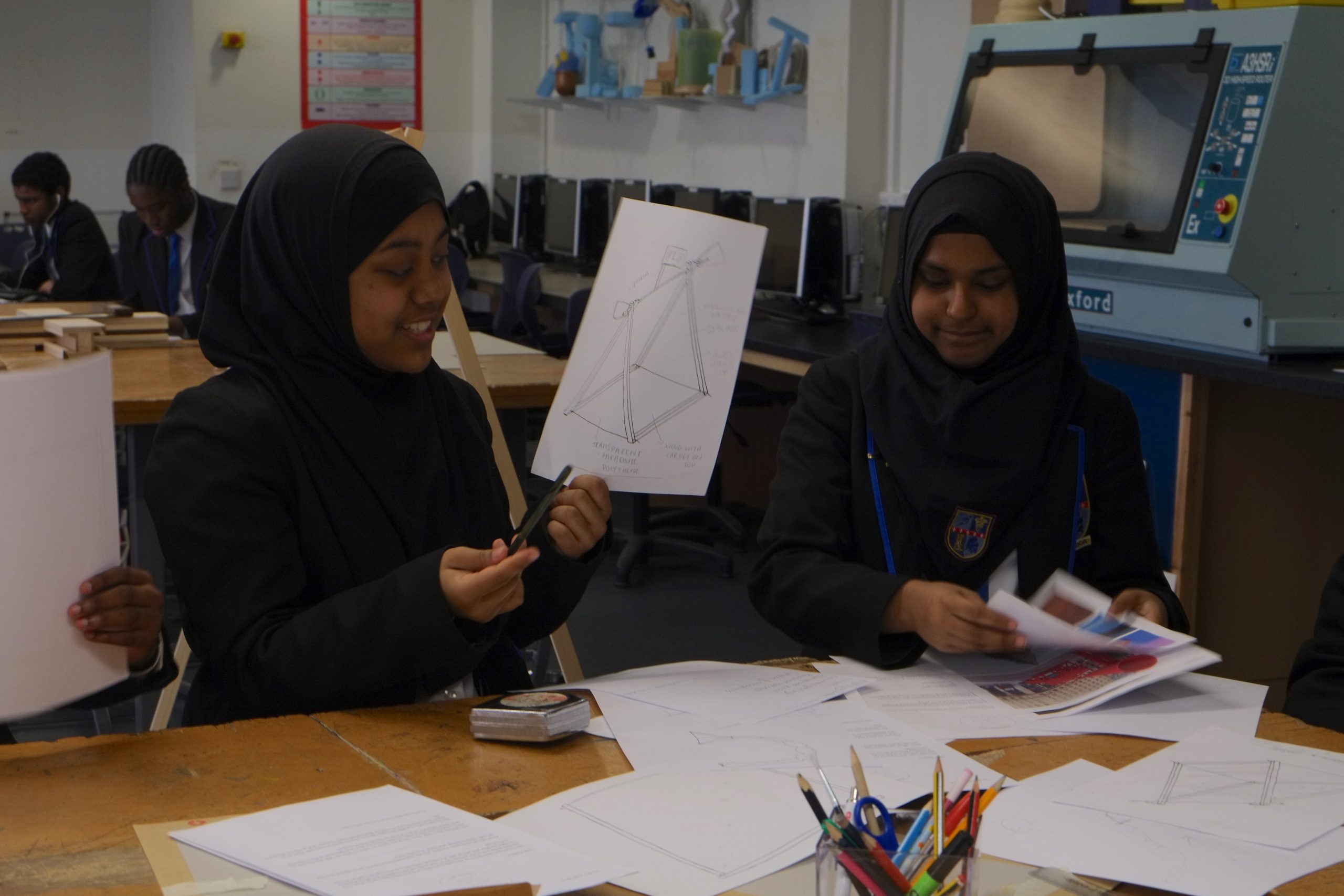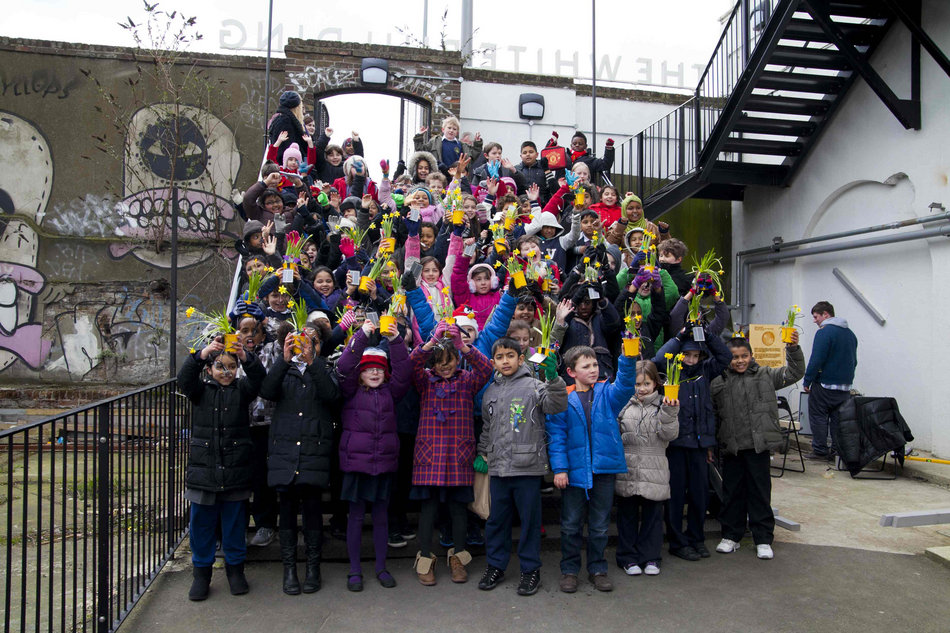
People Power #7: The Homemade Camp
People Power 2016 focuses on girls in art, technology and engineering in response to feedback from schools and to national statistics highlighting the ‘girl gap’.
The year-long programme provides three projects led by artists Adam Blencowe, Thor ter Kulve. Rike Glaser and Namuun Zimmermann.
Women make up less than 9% of engineers in the UK – compared with about 20% in China, Spain and Italy. It’s an issue that can, in part, be traced back to the classroom. A recent report by the Institute of Physics revealed that in half of UK state schools, A-level physics classes are made up entirely of boys. And the arts may be able to help.
“Talking to a lot of students it sounded like the demands of the curriculum obliges them to go in one direction or another, towards either art or science. But you don’t have to go back to Leonardo to realise that art and engineering are actually pretty close to one another.” Nicholas Serota, Director / Tate, speaking to the Guardian about the Queen Elizabeth Award for Engineering.
The Homemade Camp
The first People Power project 2016 is the culmination of 10 workshops developed by SPACE artists Adam Blencowe and Thor ter Kulve to explore the creative possibilities of art, technology and engineering with Yr 9 girls at The Petchey Academy in Hackney.
The idea for creating a ‘camp’ developed out these sessions and forms the framework within which Maslow’s Hierarchy of Needs could be examined, while simultaneously providing a practical canvas for students to progress their own ideas on the themes of hacking, technology and hypothetical methods of living.
Working in groups the students have been given identical ‘tent’ frames that must be developed and constructed on given topics such as generating power, quantifying health or entertainment. At the end of the project the students will present 5 radically different tents that together will form a ‘neo-kibbo kift’ encampment that references and celebrates the freedom to rethink how society functions and the role of technology within this.
Research was carried out into historical and contemporary examples, including work by artists and designers Lucy Orta, Hussein Chalayan, Jonas Staal and Walter Pichler. Practical tasks based on these concepts included deconstructing simple electronic objects and repurposing them for alternative uses.
Finally the students will design and make an imaginary campsite which will be exhibited at The White Building in the autumn term.
Blencowe and Kulve are both interested in Adhocism and Hacking as a basis for building alternative systems for living – for example the Drop City art commune of the 1960s in which a group of artists subsisted on the waste derived from American mass consumerism.










